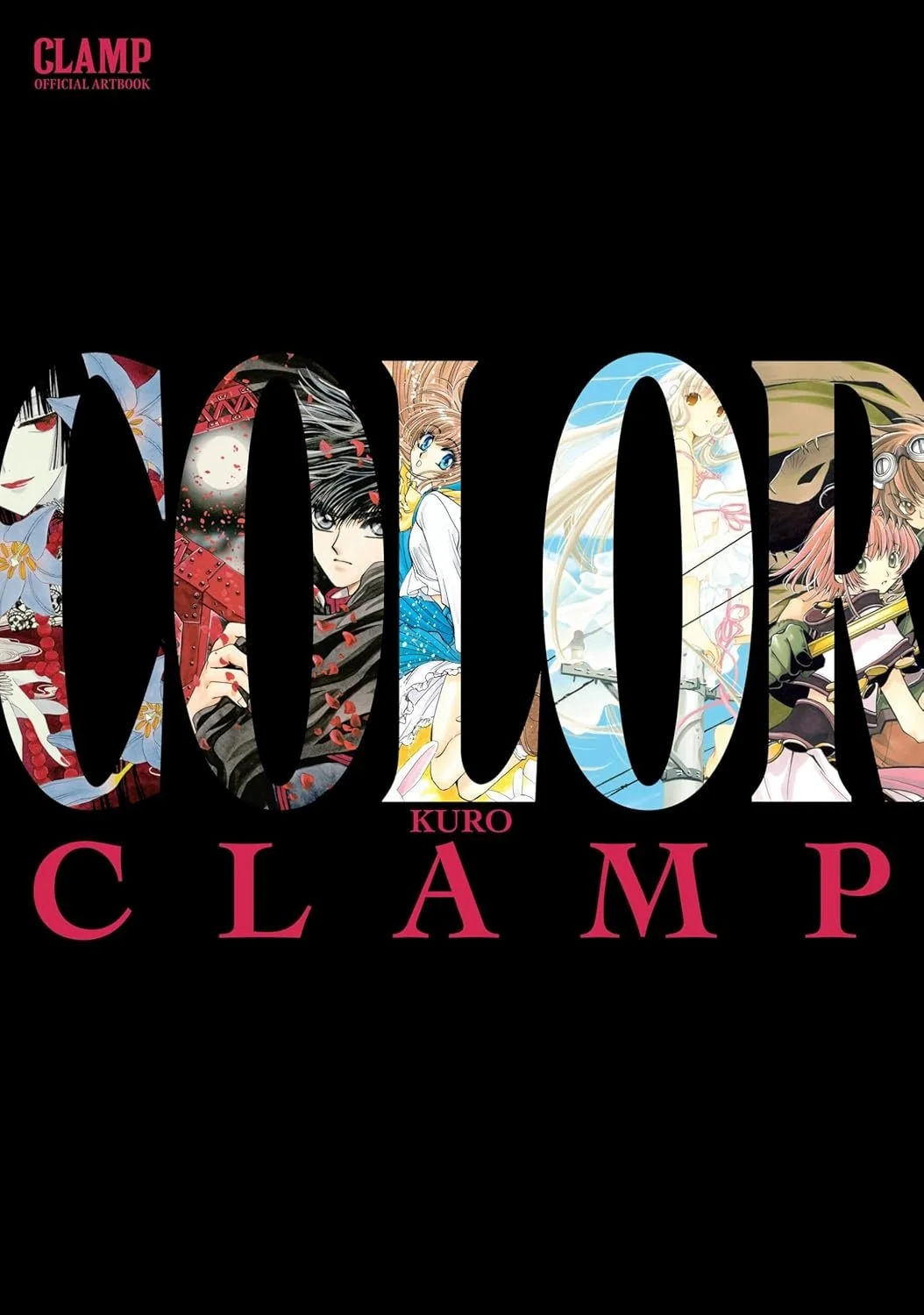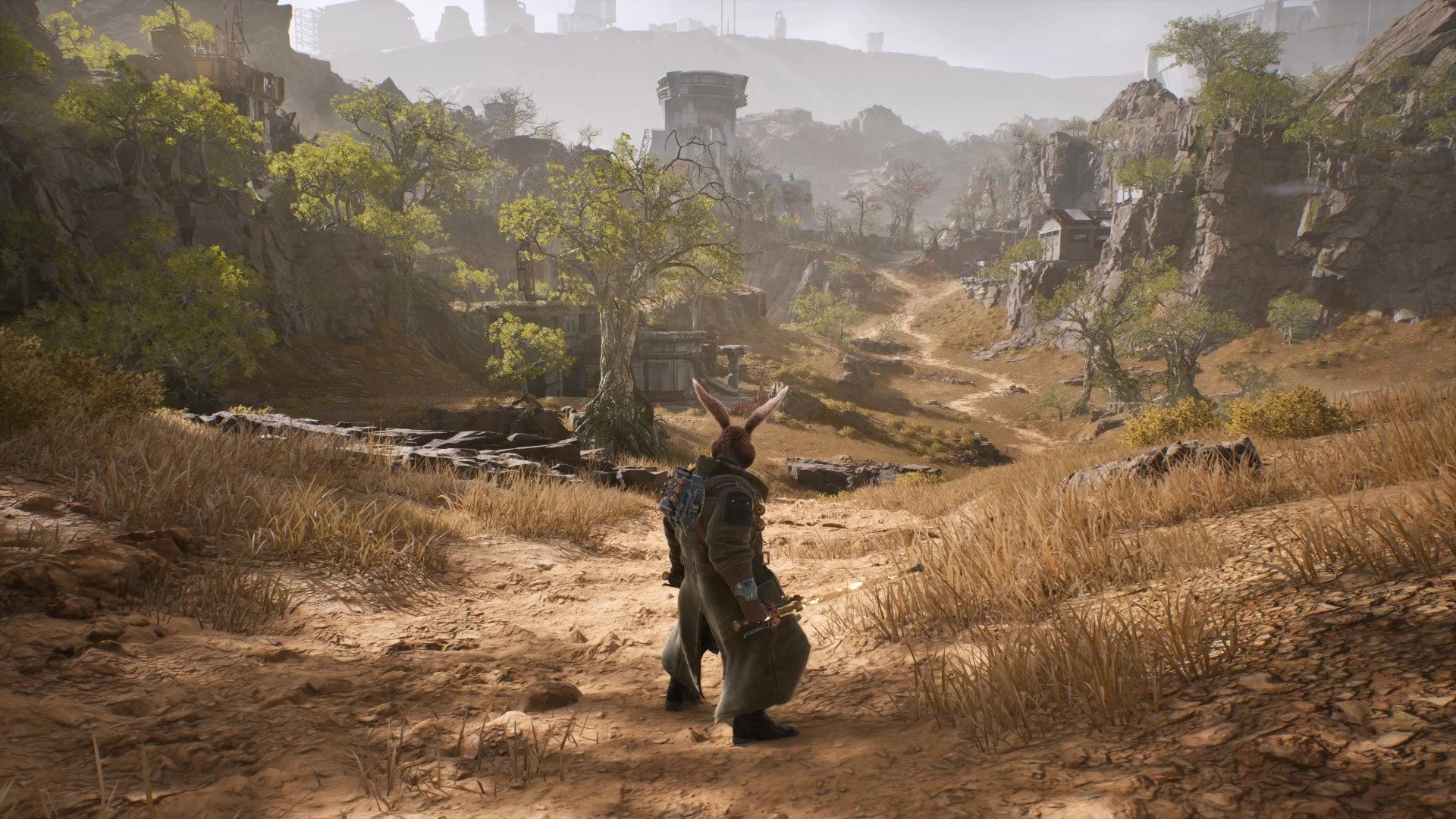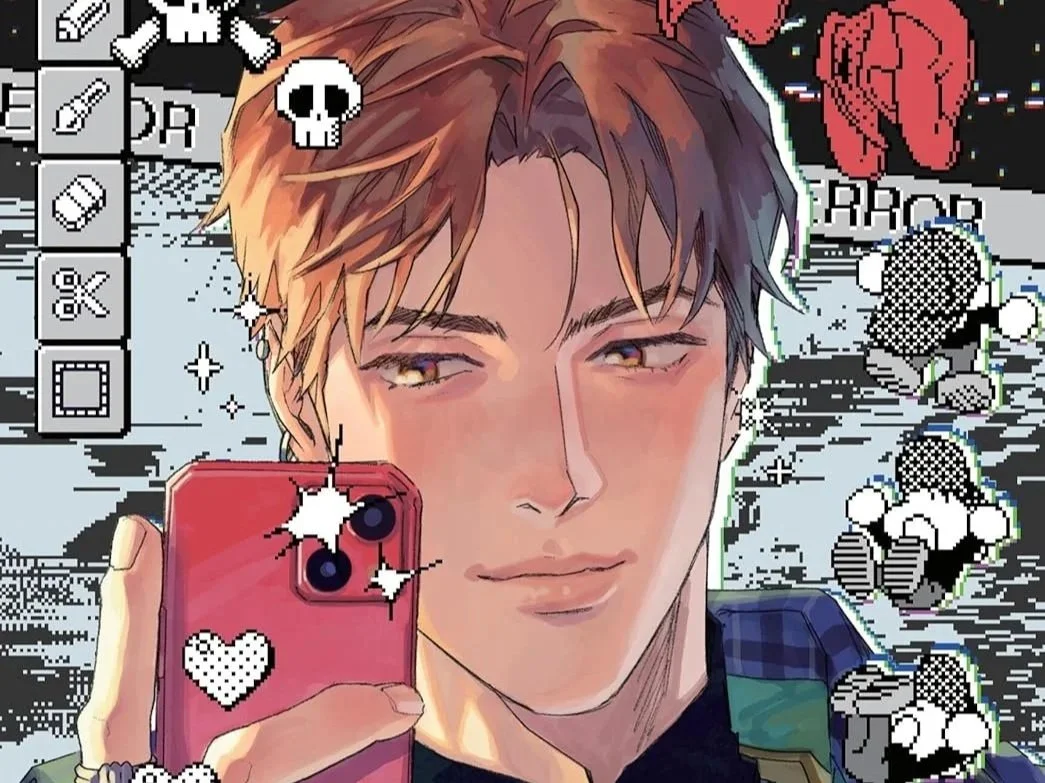The Summer Hikaru Died: Vol. 6 Review
The Summer Hikaru Died, Vol. 6 (chapters 27–31) pushes Yoshiki and the not-Hikaru toward older truths without breaking the series’ hush. It’s a tight, eerie stretch that trades shock for steadily rising dread—and sharper, more complicated feelings.
Plot
Vol. 6 of The Summer Hikaru Died opens in the wake of a reckoning: Yoshiki and the thing wearing Hikaru’s face have fewer places to hide—emotionally or geographically. New information forces them to look outward, following threads toward Ashidori and the “hole” that has long warped their corner of the world.
The volume’s middle stretch also pivots from intimate problem-solving to fieldwork, asking questions, testing boundaries, and learning how much the adults around them have chosen not to say. It’s a smart escalation that preserves the manga’s small-town hush even as the cosmology widens.
Characters
Yoshiki remains the series’ raw nerve: lucid enough now to name what he wants, still prone to bargaining with reality to keep it. The not-Hikaru sharpens, too—not just as an uncanny presence but as a person learning the rules of personhood and the true nature of himself. Their best scenes in this volume aren’t showy confrontations; they’re the halting, almost administrative conversations that real relationships require.
The elder operative Tanaka shifts from grim necessity to moral weather vane—someone who’s seen this story play out and is desperate to keep the boys from making it worse. Around them, townspeople and classmates read like a living chorus through rumor, duty, and the kind of affection that curdles into surveillance in close communities.
Art
Mokumokuren’s pages continue to weaponize restraint. The volume’s visual grammar leans on still rooms, narrow halls, dense trees, and dim coastal air that seems to touch the page. When violence or cosmic wrongness intrudes, the linework scuffs up and the whites flare, as if the paper itself is rejecting what it’s being asked to hold.
Faces carry the load: a jaw set too tight, eyes that won’t meet, a profile rendered just off-true. Even travel sequences stay tactile—it’s gorgeous, readable horror that never chases shock for its own sake and remains legible whether you’re on paper or a screen.
Themes
The engine here is still identity horror. For example, what it means to love someone who is no longer who they were, and whether that love can survive if you accept the change instead of denying it. Vol. 6 essentially utilizes its pages to double down on consent and narrative control.
The folklore spine—the “hole,” its custodians, the civic muscle memory around keeping things quiet—presses closer to the surface, aligning with the creator’s own remarks about using monsters and social fear to probe human psychology rather than simple jump-scares. Furthermore, the careful queerness of the text frames every ethical question the story asks, from yearning to self-deception to the cost of being seen in a town that punishes difference.
Verdict
The Summer Hikaru Died Vol. 6 answers just enough, and then widens the wound. It’s precise, patient horror with emotional stakes that keep tightening—and if you’ve been here for the slow dread and complicated love at the center, this volume delivers.







